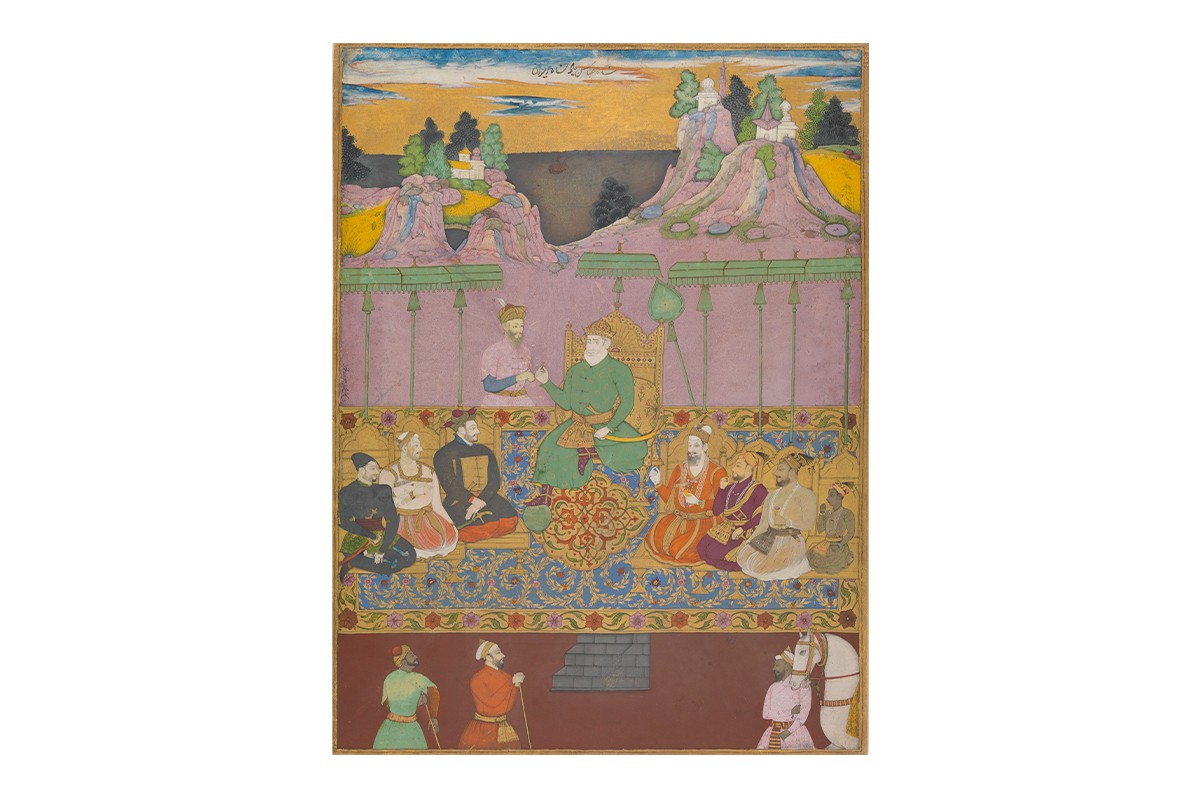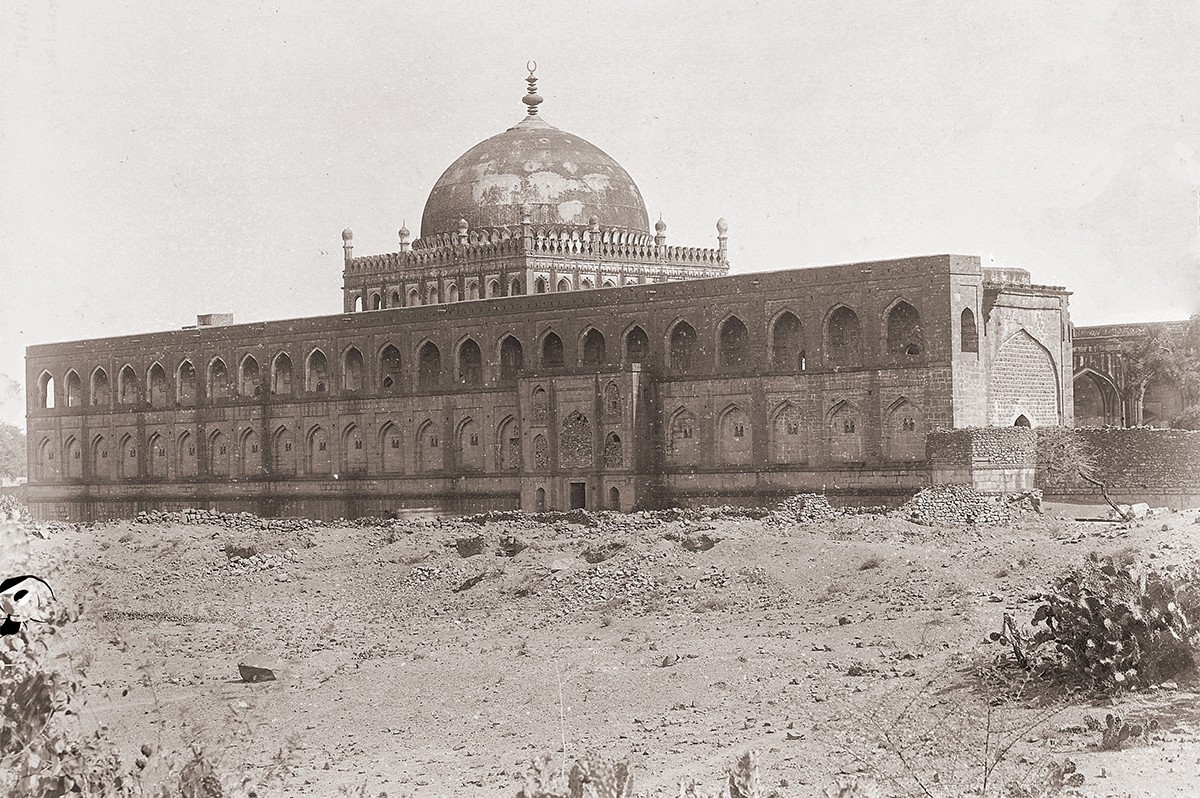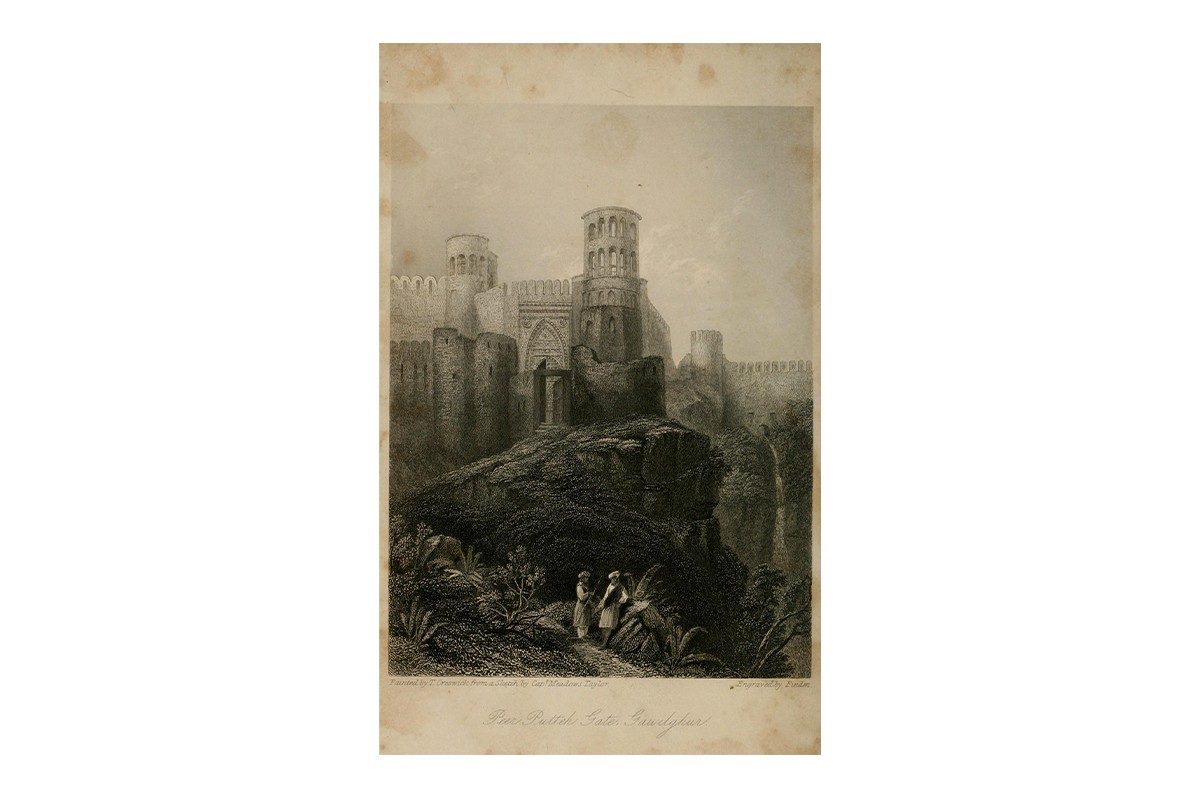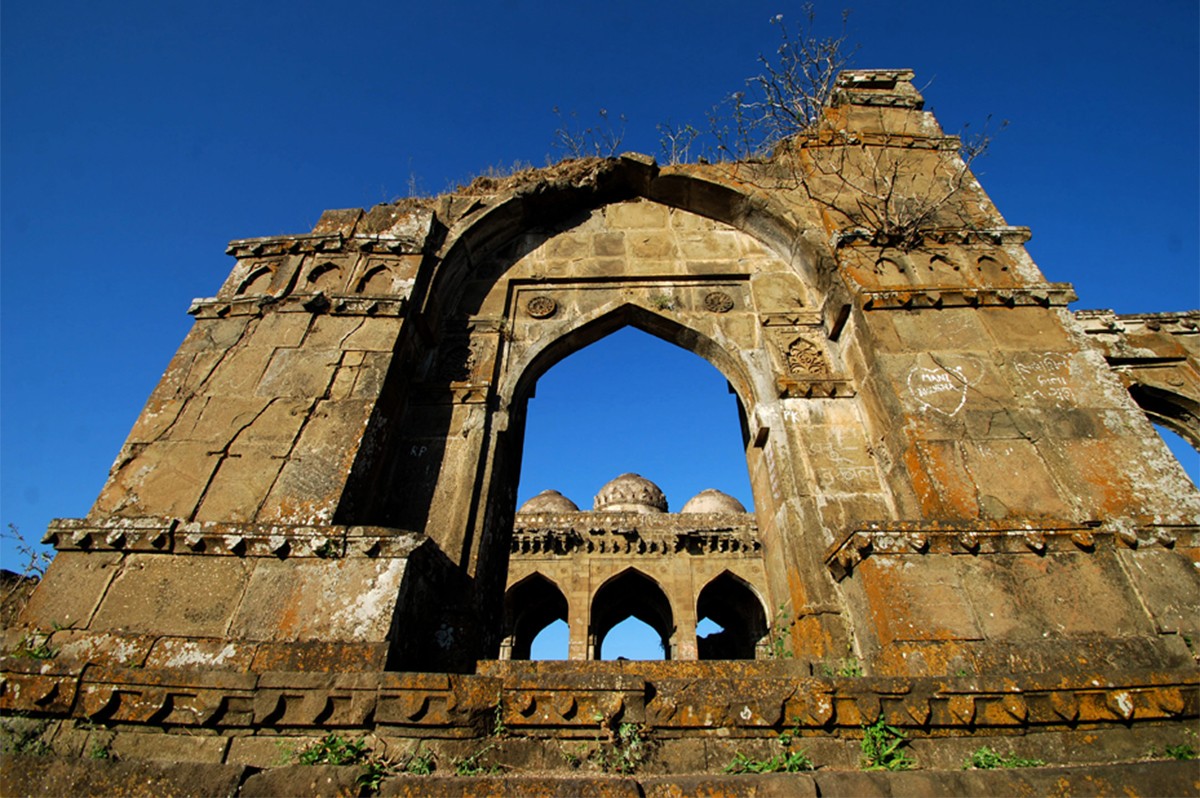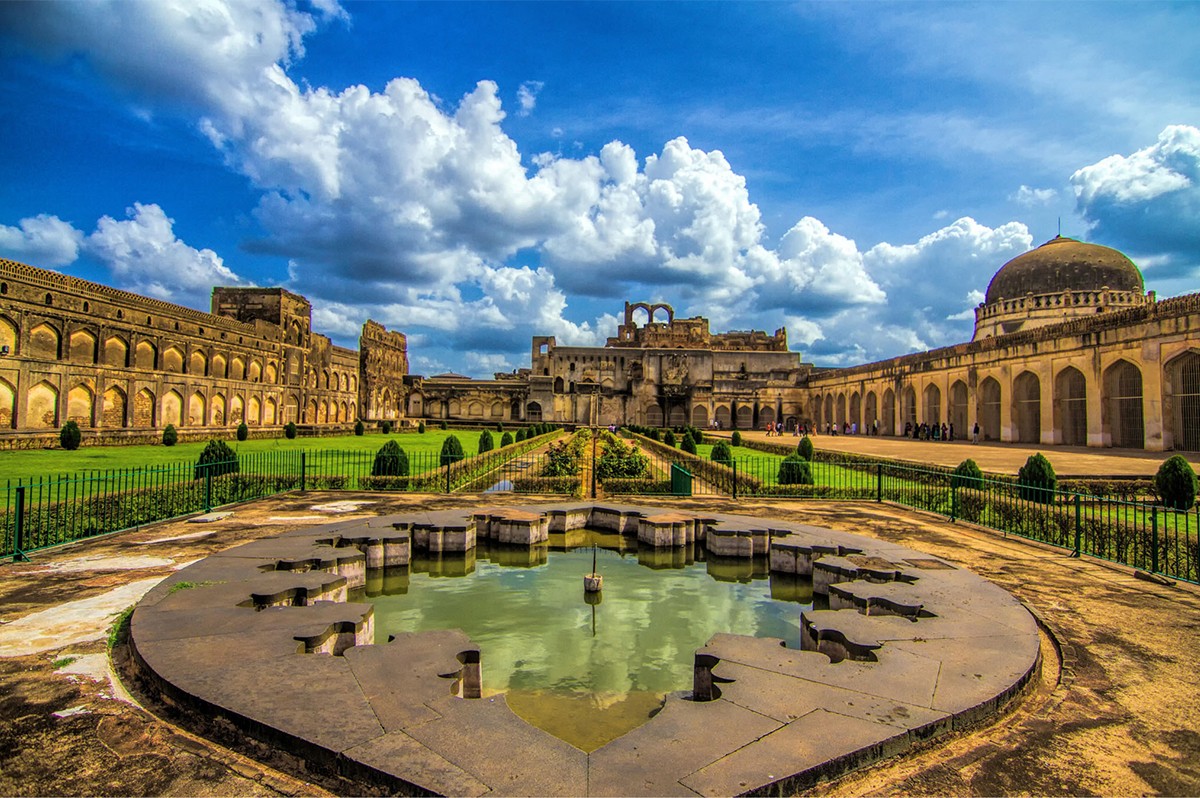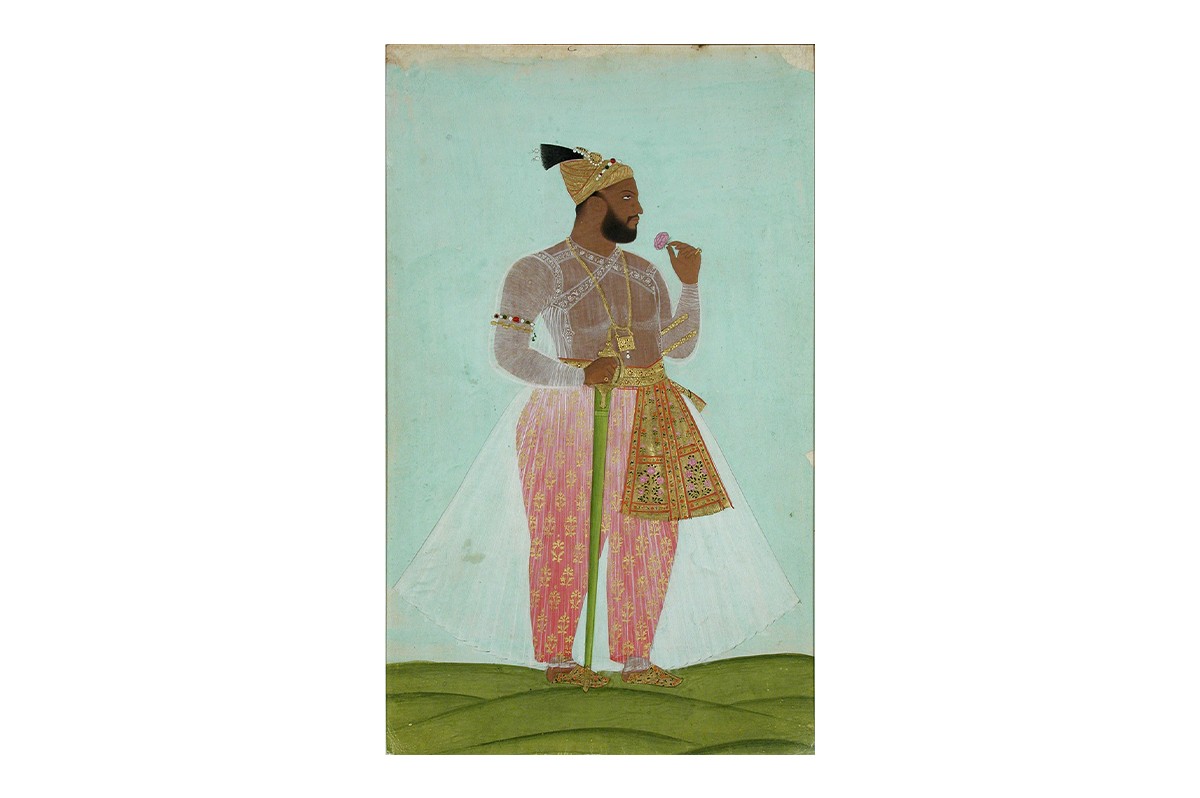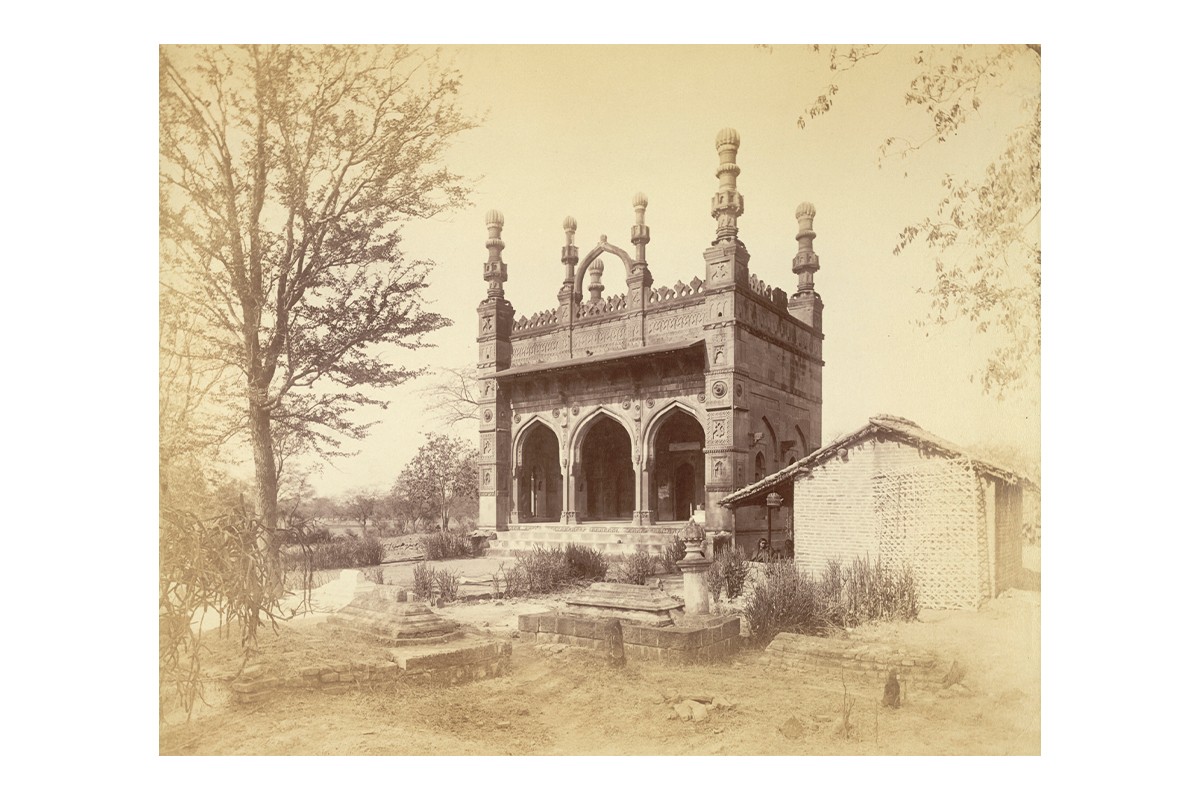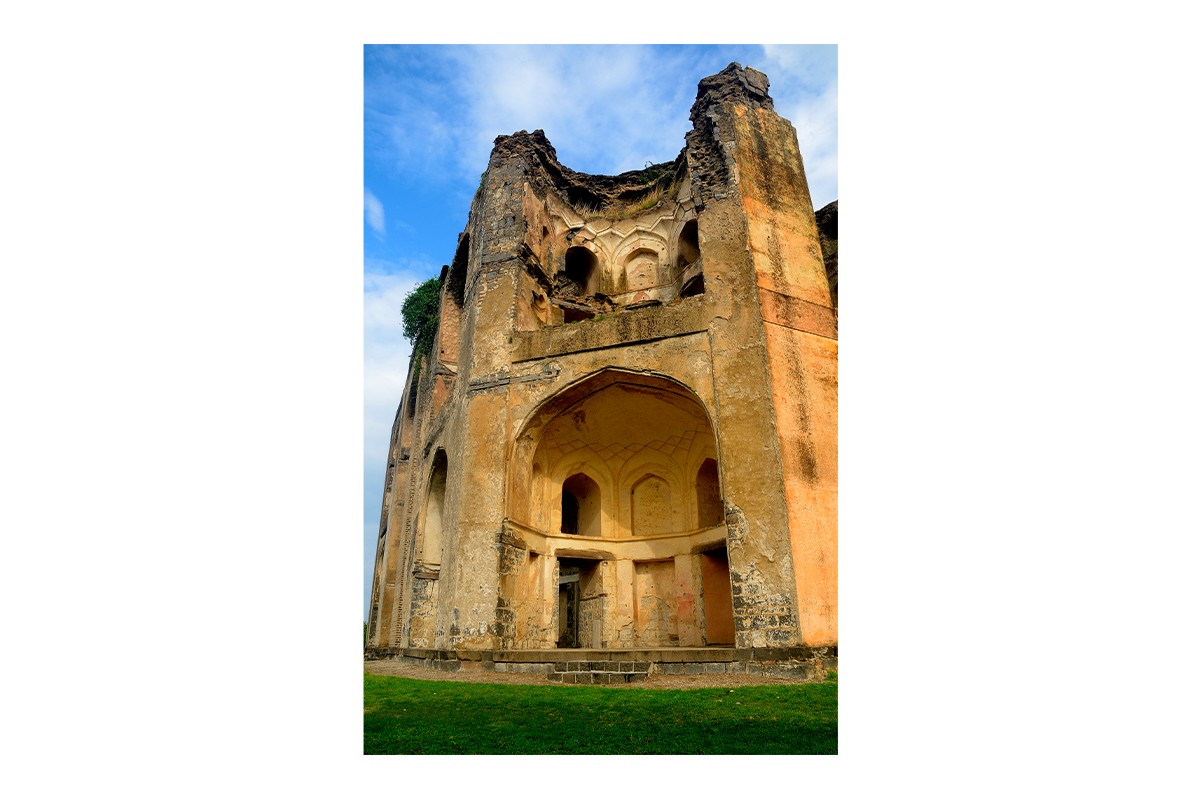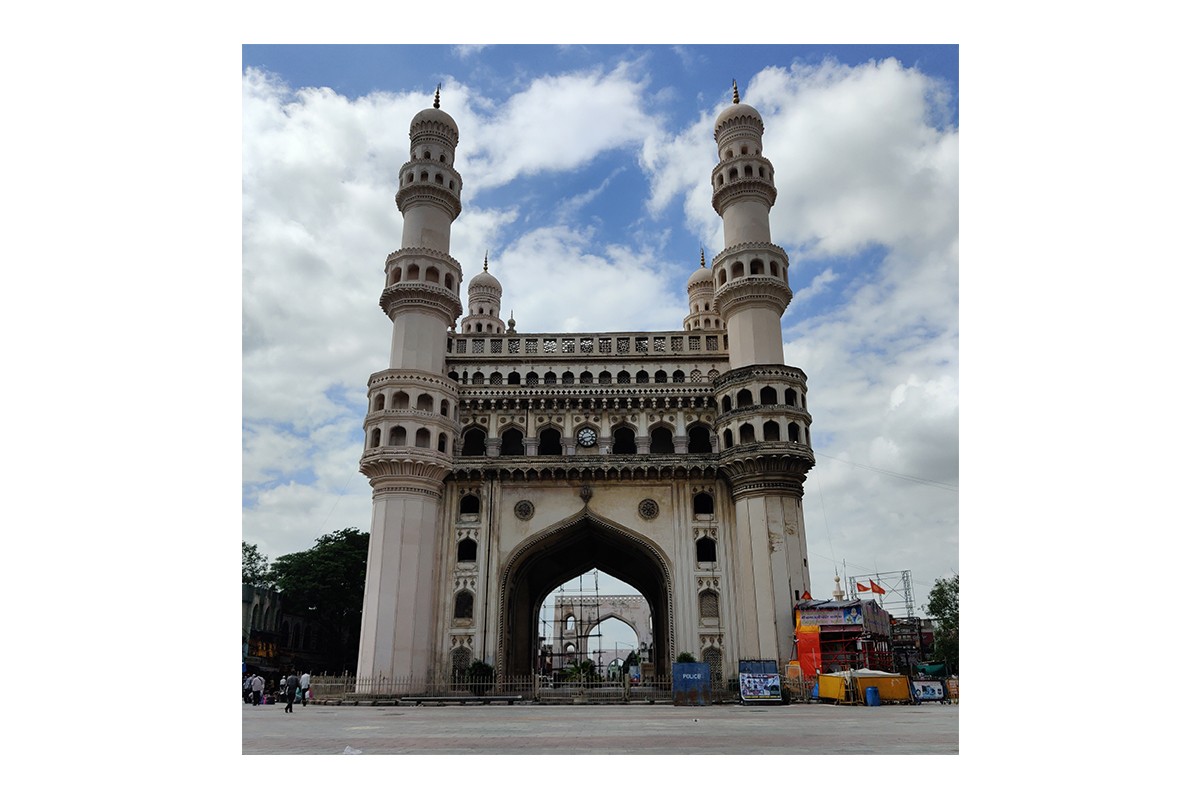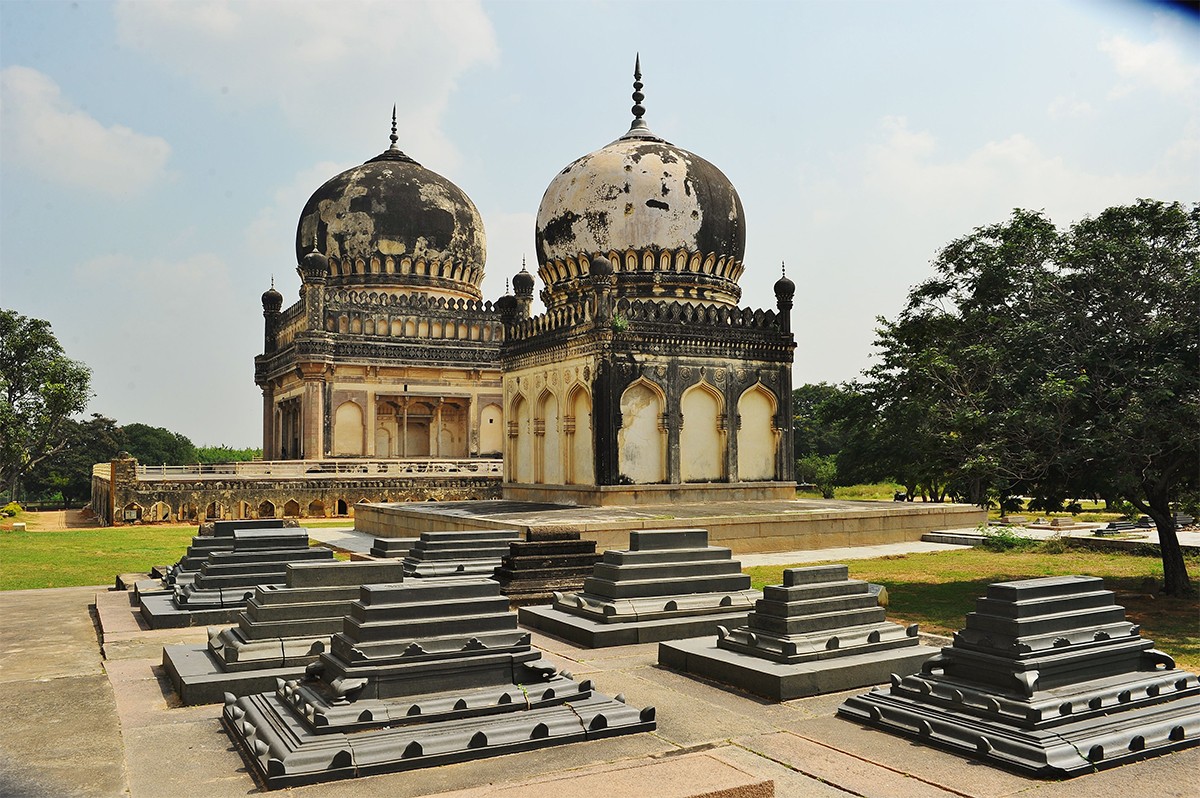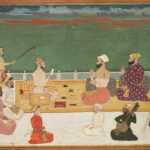New Sultanates Emerge in Southern India
1350–1500
The gradual weakening and splintering of the Bahmani Sultanate, driven in part by conflict between immigrant and local aristocratic factions, leads to the establishment of a number of smaller regional sultanates: Bijapur and Bidar in present-day North Karnataka; Golconda in present-day Telangana; Ahmadnagar in present-day Maharashtra; and Berar in present-day Chhattisgarh. These sultanates are ruled by nobilities of Persian, Central Asian and South Asian descent, and often tend to patronise regional languages and rely on Indian military and administrative officers rather than immigrants.
Exceptions to this trend are the many enslaved African people — often called habshi, now considered a derogatory exonym for Ethiopians and people of African origin generally — who are brought to the Deccan. Their presence in the military in this period is largely due to their neutral position among the various rival ethnic and cultural groups that tried to exert control over the Deccan kingdoms. Among the royalty and nobility, they are often trusted over their masters’ own heirs, allowing them to also rise through military and political ranks.
Bibliography
Dehejia, Vidya. Indian Art. New York: Phaidon Press, 2012.
Eaton, Richard M. A Social History of the Deccan, 1300–1761 Eight Indian Lives. New York: Cambridge University Press, 2005.
Feedback 
This entry appears in
Art in South Asia
Visit Timeline
Associated Timeline Events
First Published: March 11, 2024
Last Updated: August 17, 2024



